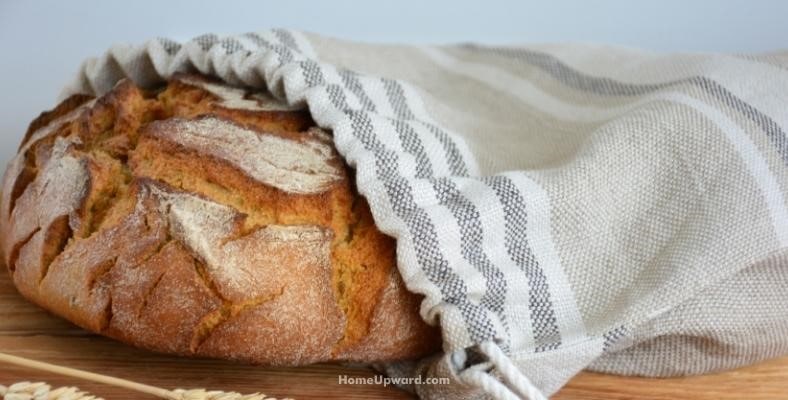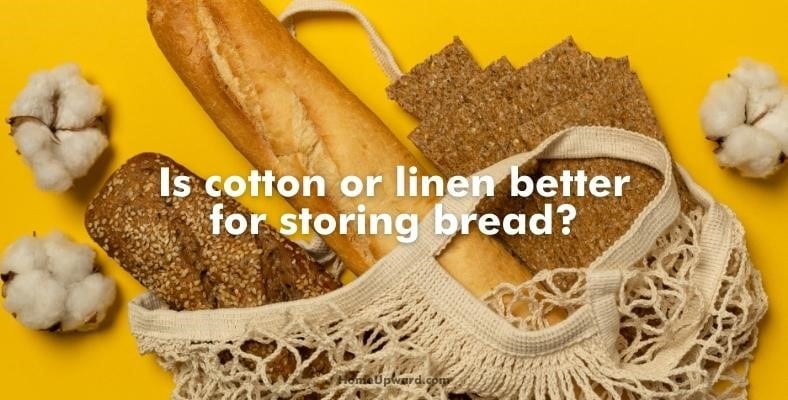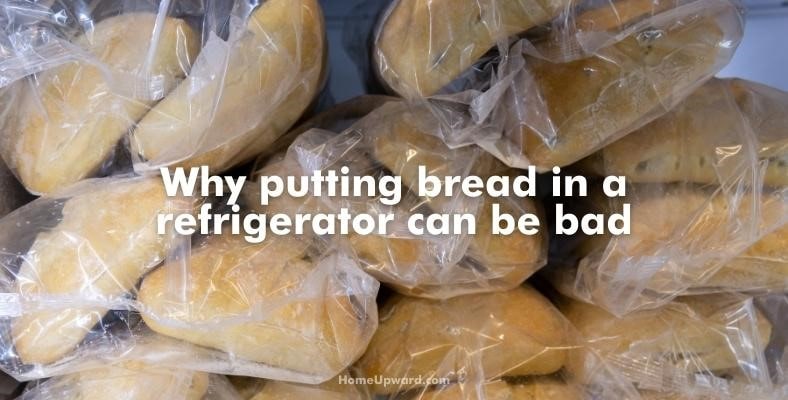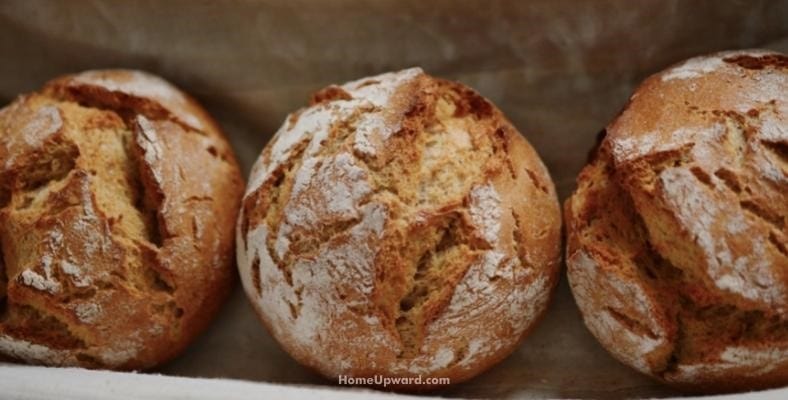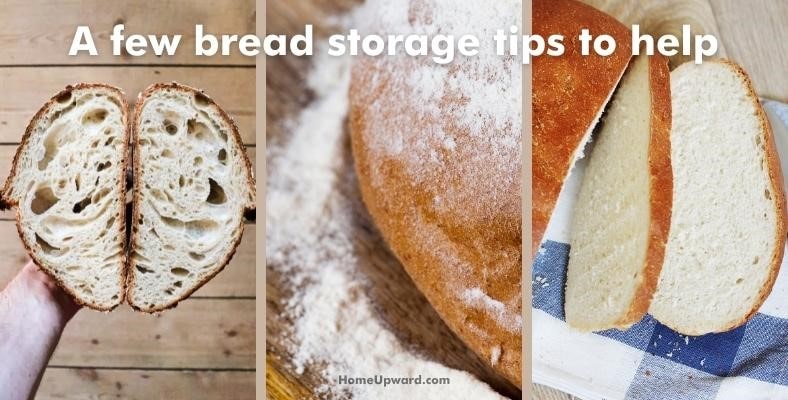Contents
Linen vs Cotton Bread Bag Differences
Linen or cotton bread bags are an excellent solution for long-lasting fresh bread. While a plastic bag may suffice for a loaf of grocery store bread, artisan loaves need something else. Linen and cotton bread bags are both excellent choices to extend the life of that delicious crusty bread.
Cotton Fabric Characteristics
Cotton has specific characteristics that may fit your lifestyle more than a linen bread bag. Cotton is a humid climate crop that is picked from the fluffy tips of the cotton plant, called the boll. This crop has been grown for centuries in America and is still a readily-available domestic product.
Raw cotton is spun into thread and woven into a versatile, durable cloth. Cotton fabrics come in many different varieties and can be worn year-round, from flannel to gauze. Cotton is easy to wash in a machine and will last for a very long time.
Linen Fabric Characteristics
Linen is also a natural and eco-friendly material originating from the flax plant. Similar to cotton, flax is easily grown in the United States. The type of flax used to make the linen fabric is grown extensively in the American Midwest, in states like North Dakota and Minnesota.
Flax stems are processed into delicate linen cloth. Linen is known for being light and breathable. Unlike cotton, whose different fabrics have names like velvet, seersucker, and chenille, the names for linen fabrics come from their uses, like sheeting linen or “glass toweling.”
Linen vs Cotton Differences
There are several critical differences between cotton and linen fabrics.
Water Wicking
Bread needs a delicate humidity balance to extend its shelf life. Crusty, artisan loaves of bread cannot get too damp because they can quickly grow mold. However, if the bread is too dry, it will be hard and impossible to eat. This is why you reach for a bread bag in the first place!
The water wicking characteristic refers to the bag’s ability to keep water away from the bread inside. Cotton is pretty good at this, but water wicking is where linen really shines.
Durability and Strength
Linen wins again in this category, with the cellulose fibers of the flax plant proving to be much stronger than the fabric made from the fluffy bolls of cotton. Cotton can shrink and pill over time, making the item weaker and less effective.
Price
Because linen is so much more durable than cotton, it is also usually much more expensive. Again, imagine the cost for a linen shirt and a cotton shirt to understand the differences in these fabrics. However, the price is usually very similar for linen and cotton bread bags.
Breathability
Cotton fabrics come in a wide range of weaves, which means they have a varying degree of breathability. Choose a material like lawn cotton for a lightweight fabric with an open weave to promote breathability and water wicking characteristics.
While you can choose cotton, linen wins again in this category. Because linen is made of the hollow fibers found in the flax stem, it is a naturally airy fabric. The superior water wicking and breathability characteristics collaborate to promote an excellent humidity balance in linen bread bags.
Absorbency
The give and take inside a linen or cotton bread bag also depends on absorbency. If moisture enters the bread bag, there must also be some degree of absorbency to remove the risk of mold growing on the fresh bread.
Cotton wins in this department, but linen is not far behind. Both fabrics are very absorbent and capable of soaking up a tremendous amount of liquid, far more than needed in your reusable bread bag. Cotton can absorb 25 percent of its weight in water, with linen at 20 percent.
Care & Maintenance Ease
This category has cotton easily winning, with its legendarily easy care instructions. Cotton fabrics can be hand washed and put out to dry, but they can also simply go right into a washing machine and dryer. Cotton will wrinkle, and it also can easily shrink.
Linen is slightly more challenging to care for regularly, but it is a longer-lasting fabric than cotton. It is always best to hand wash linen items and lay them flat to dry. Linen is also very prone to wrinkles.
Is Cotton or Linen Better for Storing Bread?
Based on the characteristics listed above, linen is the superior choice for storing bread. A beautiful and eco-friendly fabric, you can’t go wrong choosing a linen bread bag. Linen is durable, absorbent, water-wicking, and comparable in price to a cotton bread bag.
However, the ease of maintenance that comes with a cotton bread bag may tip the scales for you. If you need a bread bag that you can easily toss into a washing machine and dryer, a cotton bread bag would be the best choice in reusable bread bags for you.
How Do Linen and Cotton Bags Keep Bread Fresh?
Bread bags work by establishing the proper level of moisture within the bag. Bread needs an environment that is damp enough to keep the bread soft and pleasant to eat while also being dry enough to resist mold growth.
Are Bread Bags Any Good?
Reusable bread bags are a great option if you often have homemade or fresh artisan bread. If you purchase only grocery store sandwich bread, you probably don’t need a bread bag. Plastic bread bags do not allow moisture to escape, making bread grow mold more quickly.
Why Putting Bread in a Refrigerator Can Be Bad
It is not recommended to keep your bread in a refrigerator. The refrigerator will cause any moisture in the bread to evaporate, leaving the bread stale and difficult to eat. Bread does best in a controlled environment, like the one achieved in a reusable bread bag.
How Long will Homemade Bread Last?
It is best to eat homemade bread within two or three days to enjoy it at its highest quality. If you cannot eat it within that time, follow these directions for freezer bread storage.
A Few Bread Storage Tips to Help
Your bread will stay fresher longer if you follow these tips.
Cut Your Bread in the Middle First
To avoid the loaves from molding quickly, cut the loaf in the middle and slice from one of the halves. Then, push the cut ends together before returning them to the fabric bag to retain the moisture of the loaf during food storage.
Sprinkle Flour on the Inside
If you are using a linen bag, sprinkle a little flour on the inside of the bag. Because linen bread bags are so absorbent, a layer of flour will provide a simple barrier to keep your loaves even drier.
No Cloth Bag? Use a Towel in a Pinch
If you have a homemade loaf now and no bread bag, reach for any kind of linen or cotton cloth to wrap the fresh bread. Make sure to wrap the bread firmly, so no air can escape.


